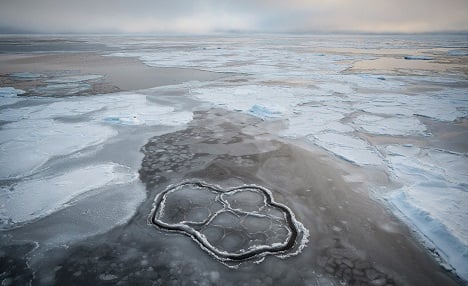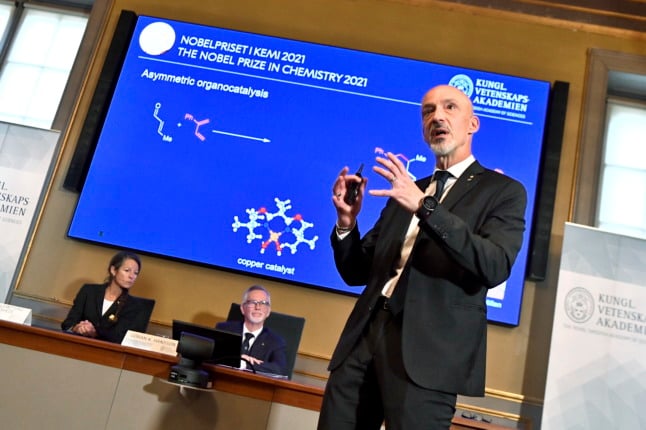For years, researchers have struggled to resolve inconsistences between climate models of the earth 13,000 years ago with their understanding of how the North Atlantic system responds to climate change. But new findings may have helped solve the riddle.
“The melting of the Scandinavian ice sheet is the missing link,”announced Francesco Muschitiello, a PhD researcher at Stockholm University.
The prevailing theory among scientists has been that a catastrophic freshwater flood from the melting North American ice sheets plunged the planet into a sudden and final cold snap (just before entering the present warm interglacial period). However models and reconstructions of the period just didn’t line up.
But an international team of scientists, led by Swedish researchers from Stockholm University, have finally found the missing link – in sediment from an ancient Swedish lake.
“Moisture-sensitive molecules extracted from the lake’s sediments show that climate conditions in Northern Europe became much drier around 13,000 years ago,” Muschitiello said.

Researcher Francesco Muschitiello. Photo: Stockholm University
According to Muschitiello, the colder and drier climate conditions were likely driven by accelerated melting of the Scandinavian ice sheet in response to warming at the end of the last Ice Age.
The Scandinavian ice sheet was the force that tipped the dominoes, leading to an expansion of summer sea ice, changing ice distribution in the eastern region of the North Atlantic – and eventually causing abrupt climate change.
Finally, the climate models make sense, added Franceso Pausata, postdoctoral researcher at Stockholm University.
“When forcing climate models with freshwater from the Scandinavian Ice Sheet, the associated climate shifts are consistent with our climate reconstructions.”
Read also: 11 reasons to study at Stockholm University
Professor Barbara Wohlfarth, project leader at Stockholm University, added that the research results highlight how important studies of the earth’s past climate changes are – especially in the context of the current climate change debate.
“The Scandinavian ice sheet definitely played a much more significant role in the onset of this final cold period than previously thought.”
This article was produced by The Local in partnership with Stockholm University.



 Please whitelist us to continue reading.
Please whitelist us to continue reading.